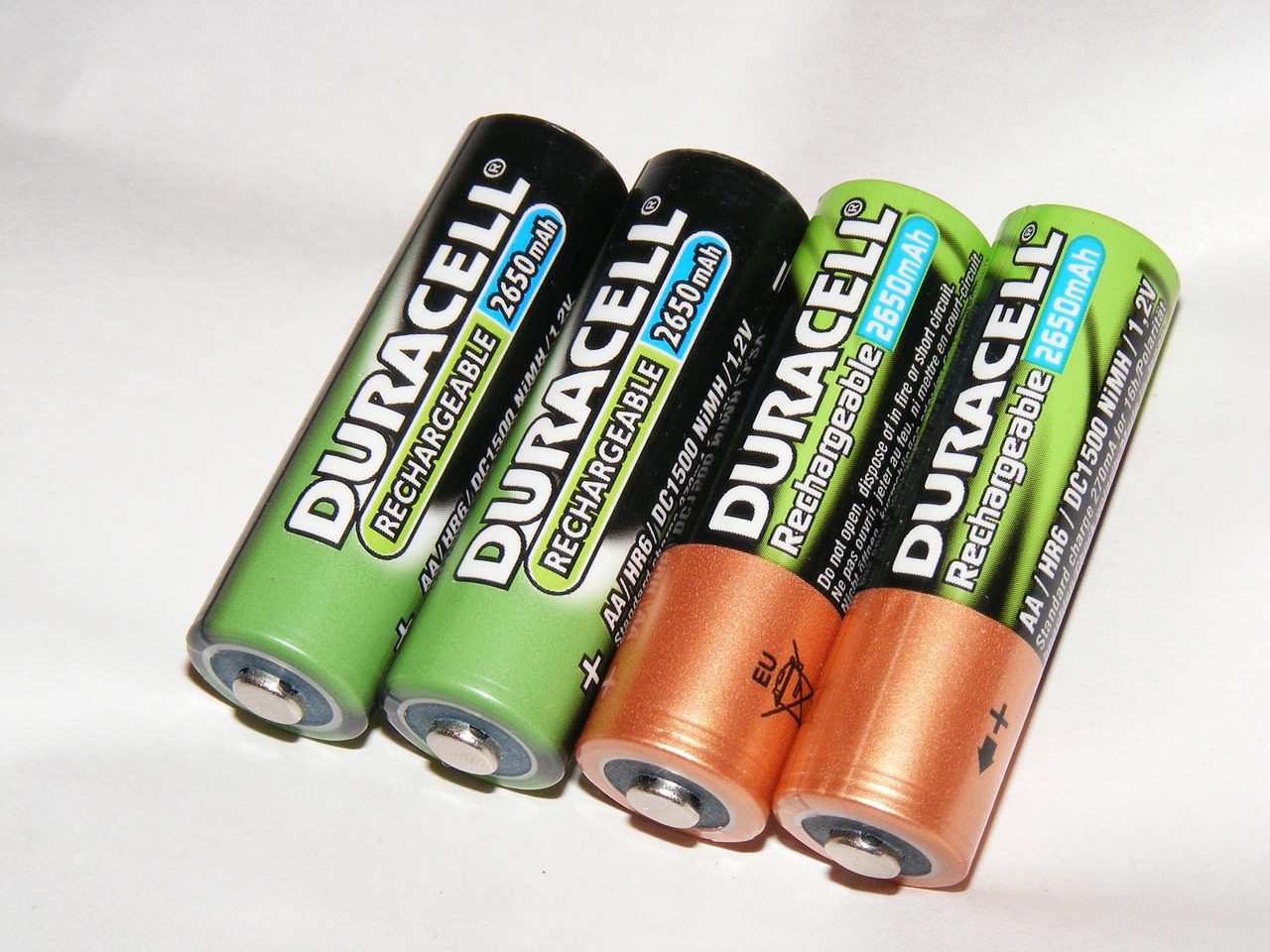Batteries and Their Types
Batteries may be classified into two types, one based on application and the other based on the process of construction. Application batteries are automotive, marine or deep cycled. By the process of construction, batteries can be flooded, gelled and AGM.
A deep cycled battery has the ability to harness solar energy as a backup source. This type of battery has a dry mechanism or starve electrolyte. A majority of the deep cycled batteries are made of fiberglass mat with a high-density compound of sulfuric acid inside.
Construction-type batteries flaunt a standard, removable cap. They are referred to as being maintenance-free. They also have regulated, sealed valves. The valves contribute to regulated pressures.
A DC battery
Direct current is a type of electricity. In a DC battery, the electric charge always travels in a uni-directional way. This may also cause an imbalance to the electric charges.

DC batteries are sealed with electrolyte and several layers of metal. The electrolytes carry positively charged electrons.
The battery’s output terminal sports both positive and negative poles. When these poles are connected with each other, the current flows between them.
Sealed batteries
A Sealed battery is usually maintenance-free and non-spoilable. It has lesser corrosion rate as there is no liquid inside. It also has low self-discharge and cracking amperage.
Sealed batteries can supply both reserve and starting applications. They are generally more competent and have a longer life. Sealed batteries appeal to the price-conscious user and are frequently used to cut costs.
Deep cycle batteries
Deep cycle batteries generally have a heavy, thick plate made of lead. The plate aids the battery to withstand a deep charge. It is slower to dispense a charge when compared with a starter battery. It has a longer life span due to the thick plates. It is also used to initiate combustion in engines.

Starting batteries
A starting battery has multiple thin plates as opposed to a single plate, which enable it to release a comparatively larger amount of electric current quickly that too within a short time period. It is used in engines for combustion to continue.
A disadvantage when using a starting battery is that it cannot be deeply discharged. Most starter batteries get spoilt when nearing a complete discharge.
Gel cell batteries
Gel cell batteries are also known as gel batteries. They have a silica gel inside which makes the acids harden into a solid. One benefit of using these batteries is that they don’t drip acid even when broken.
These batteries are slow to charge and cannot cope up with a conventional automotive charger. They also have a limited current flow and tend to get damaged easily.
AGM batteries
AGM or ‘Absorbed Glass Mats’ type of batteries are the new sealed type batteries used between plates. The plates are made of a fine fiber of Boron and Silicon glass. These types of batteries have the same features as that of gel type batteries, but can handle more electric discharge.
Even when broken, these batteries do not spill out, as the glass mats hold the acid and electrolytes together. As there is no liquid in the inner layer, it is also safe from damage caused due to spilling.
